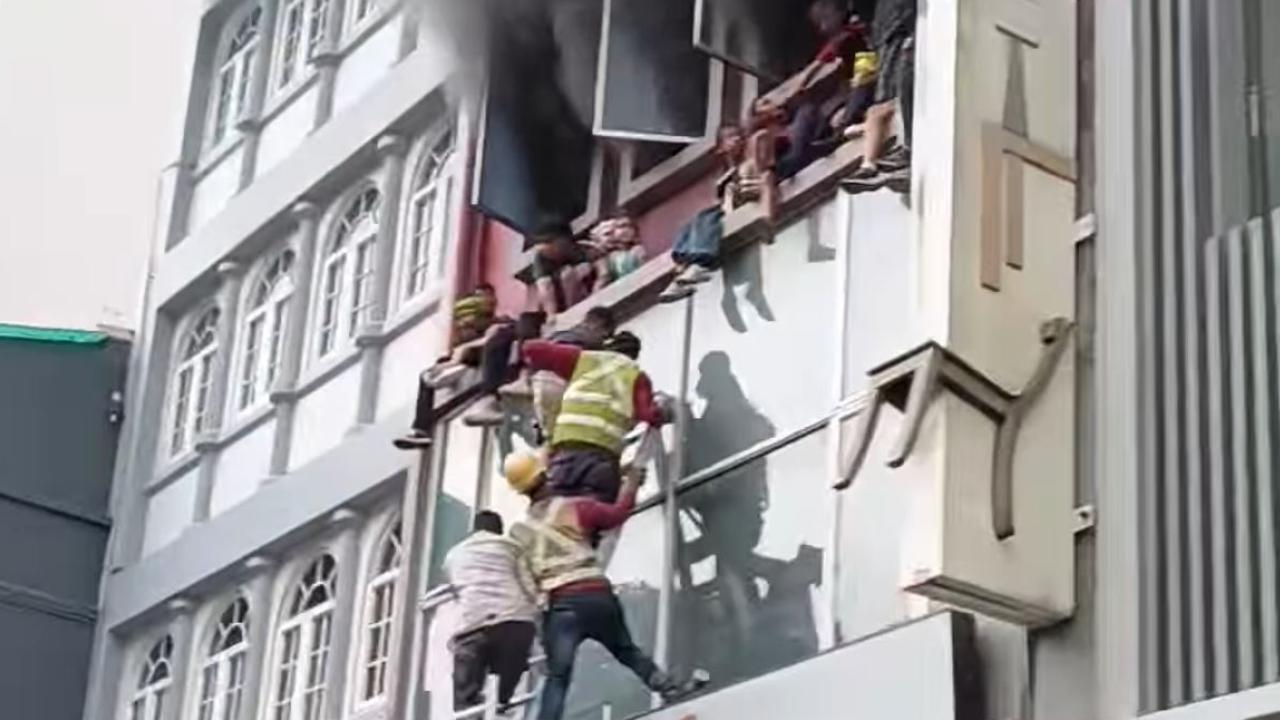Four countries issue tsunami warnings after major earthquake hits Japan
Four people have been confirmed dead following a powerful earthquake that rocked Japan, as residents to brace for tsunamis.
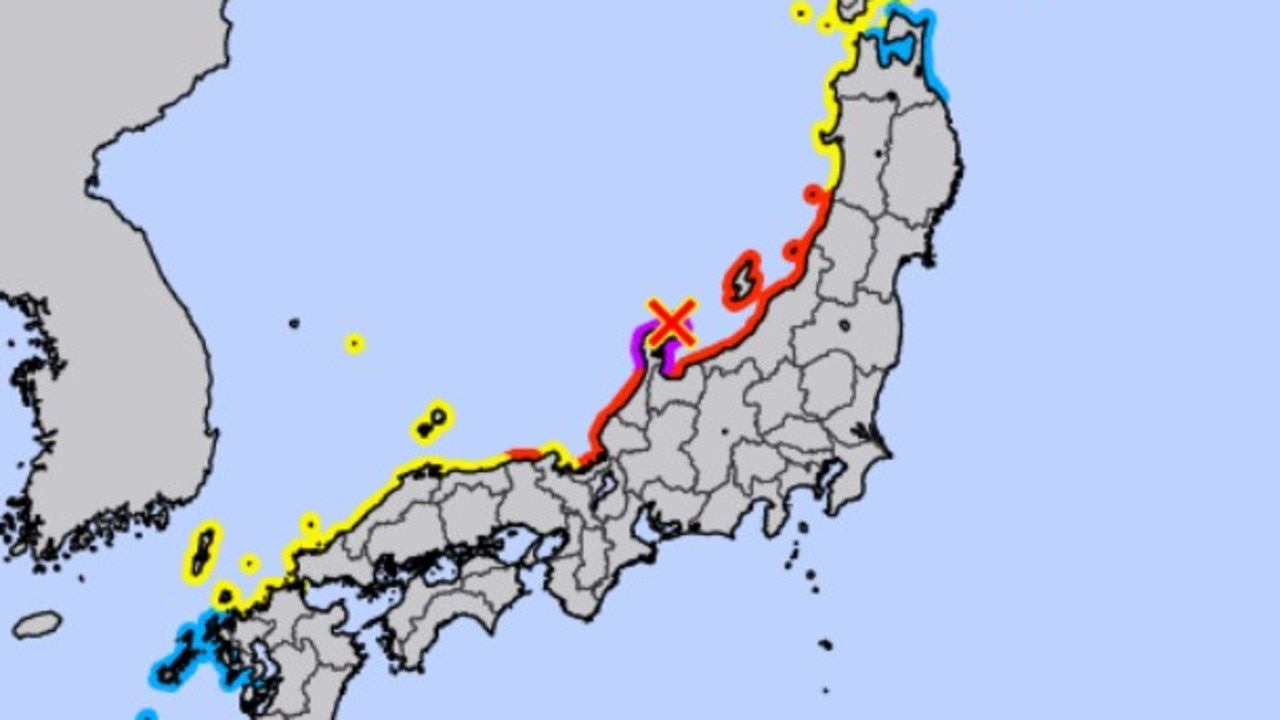
Four people have been confirmed dead following a powerful earthquake that rocked Japan.
The latest toll was confirmed overnight by authorities in Ishikawa prefecture.
The 7.5-magnitude quake struck the area on the Sea of Japan side of the main island of Honshu on Monday, triggering tsunami waves over a metre high, damaging homes, and setting off a major fire.
Four countries have since issued tsunami warnings.
The main quake was among a series of 20, each with a magnitude of 4 or stronger, struck the coast of the Ishikawa and the Niigata prefectures between 4.06pm and 5.29pm on Monday, local time (6.06pm to 7.29pm AEDT).
They culminated in a 7.5-magnitude event that triggered tsunami warnings in Japan and three neighbouring countries.
More than 60 quakes have struck since that largest one, varying from magnitudes 3 to 6.1.
Japan’s meteorological agency has warned of possible serious earthquakes that may hit over the next week, especially in the next two to three days.
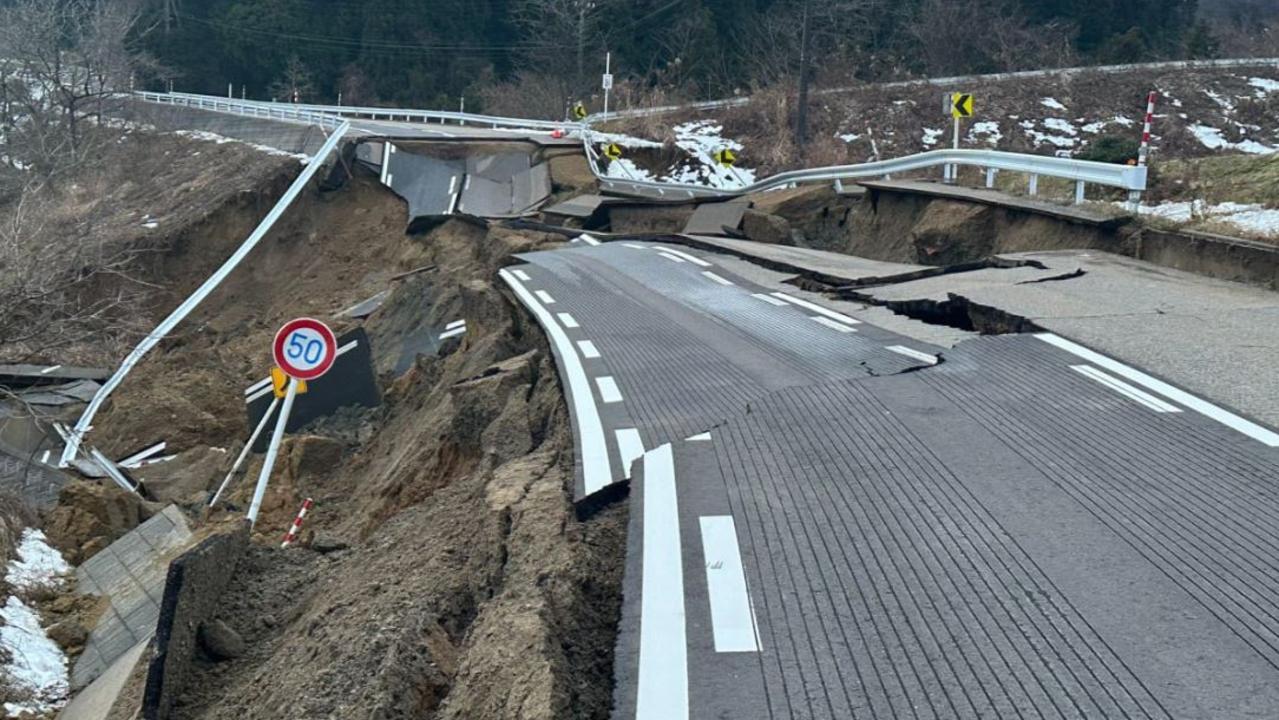
People in Japan were warned metres-high waves may inundate coastal areas.
The first tsunami waves, already measuring more than a metre high, began lashing the coast of central Japan on Monday, with the meteorological agency reporting that many more were expected.
Tsunami advisories were issued for as far north as the island of Hokkaido and the southern island of Kyushu.
A “major” tsunami warning for the Noto region, closest to the quake’s epicentre, was initially issued but later downgraded to the lower level “tsunami warning”.
When officials issued the major alert earlier, it was the first time they had done so since Japan’s devastating 2011 earthquake.
Tsunami warnings also remain in place for the neighbouring Niigata and Toyama prefectures.
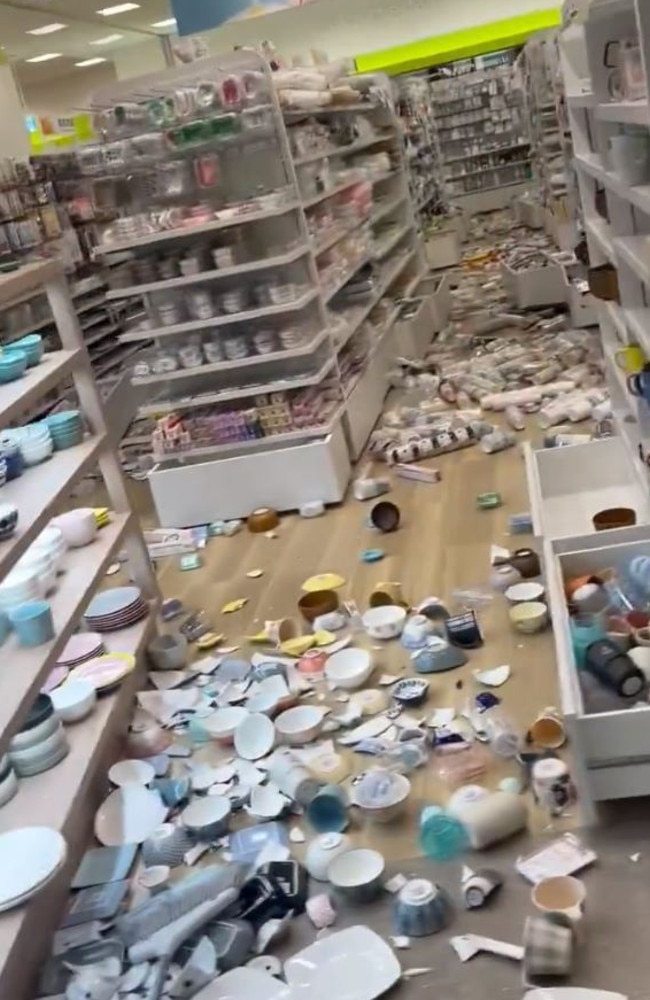
Japanese public broadcaster NHK TV warned torrents of water could reach between three and five metres, with the channel urging people to flee to high land or to the top of nearby buildings.
“We realise your home, your belongings are all precious to you, but your lives are important above everything else,” a presenter told viewers.
“Run to the highest ground possible.”
#JAPAN has been hit by a massive 7.6 #EARTHQUAKE!
— Tansu Yegen (@TansuYegen) January 1, 2024
Orders to evacuate have been issued, along with tsunami warnings.
I hope everybody is safe🙠pic.twitter.com/hZrLPk5a3Y
Tsunami warnings were also issued in Russia, South Korea and North Korea.
Russia issued its warning for the island of Sakhalin, which sits above Japan, and the mainland Primorsk and Khabarovsk regions, which are situated close to Japan on Russia’s Pacific seaboard.
South Korea has also issued a warning, with the country’s meteorological agency sharing that tsunami waves up to 0.3m could hit the eastern coast of the country between 6:29pm to 7:17pm local time on Monday (8:29pm to 9:17pm AEDT).
Small tsunami waves have begun to impact South Korea’s eastern coast, including a 1.4-foot wave that reached the eastern province of Gangwon, according to the Yonhap news agency.
Authorities told people in the province to move to higher ground of over fears of rising sea levels.
The neighbouring North Korea also issued warnings for its east coast, saying waves of up to 2.08 meters (6.8ft) could reach its shore, Yonhap news reported citing the North Korea’s state radio.

It’s not clear how many people might have been killed or injured in the quake, but dozens of homes are believed to have been damaged, many of which had people inside.
At least six homes were damaged with people trapped inside, government spokesman Yoshimasa Hayashi said.
The Wajima City Fire Department in Ishikawa also reported at least 30 collapsed buildings, according to Japanese public broadcaster NHK.
A fire broke out in Wajima city, Ishikawa Prefecture, and electricity was out for more than 30,000 households.
Blackouts and burst water mains continue to affect towns in the area, while major roads are being closed due to cracks and other damage.
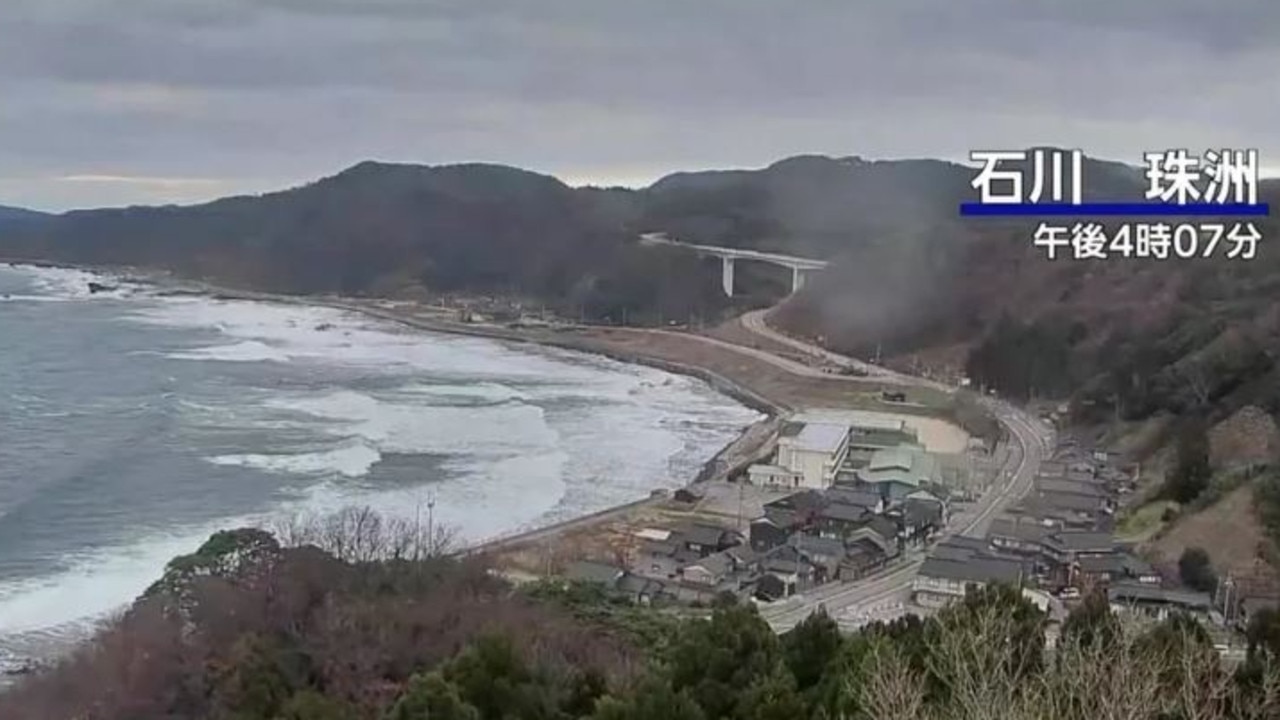
Six people trapped under rubble
At least six people were trapped under the rubble of collapsed homes on Monday evening, though no deaths had been reported.
Yoshimasa Hayashi, chief cabinet secretary of Japan, warned of the risk of further earthquakes and said authorities were still surveying the damage.
Mr Hayashi confirmed that there were six reported cases of people being trapped under rubble, stating that there had also been multiple reports of falling buildings.
Japanese self-defence forces were deployed to assist with rescue and aid work in the affected area.
More than 36,000 houses were without power as a result of the earthquakes, according to Hokuriku Electric Power Company.
High speed rail services to Ishikawa have been suspended, while Japan Airlines cancelled most of their flights to Niigata and Ishikawa regions for the rest of Monday, according to TV Asahi.
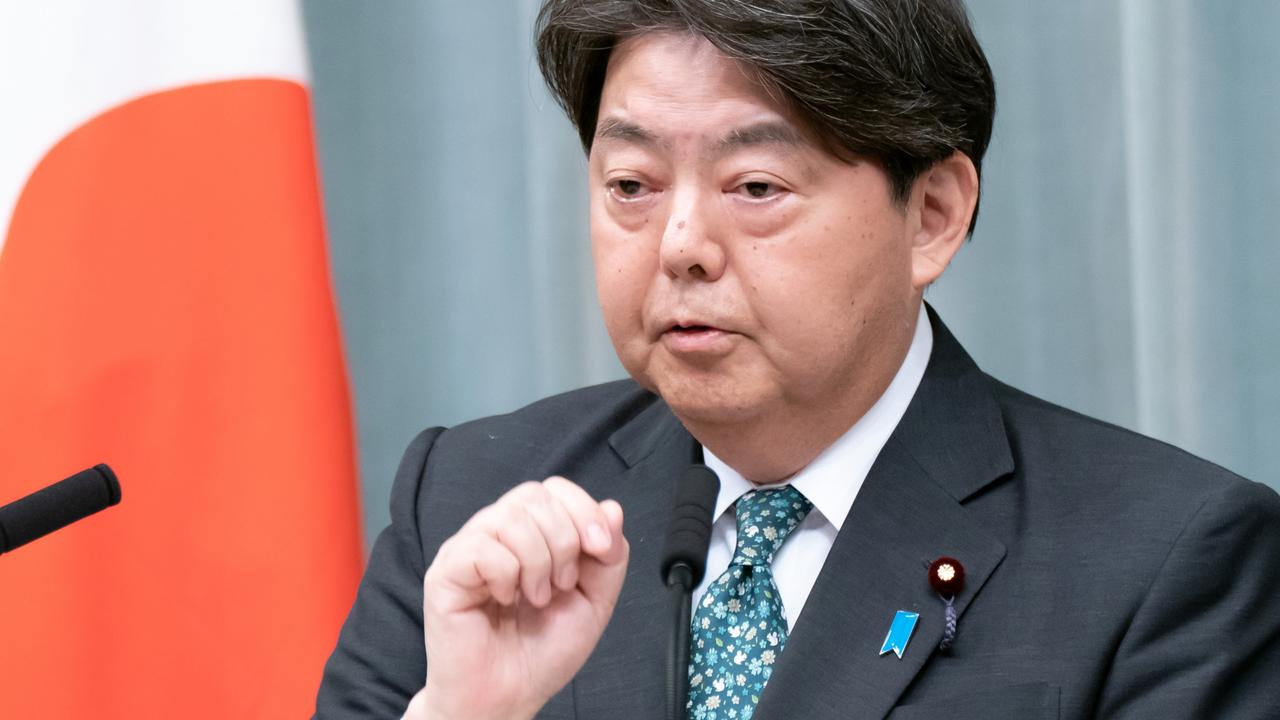
Australian skiers caught up in earthquake
Popular ski resort Hakuba is popular with Australian tourists and was in direct vicinity of the earthquake when it struck.
Matt Gillespie, the Aussie CEO of Hakuba Snow Tours and Resort, expressed deep concern over the unfolding situation.
“Hakuba is a major ski resort attracting thousands of Australian tourists at this time of year,” he told news.com.au.
“Our thoughts are with the affected communities, and we are closely monitoring the situation to ensure the safety and wellbeing of our guests and staff.”

Mr Gillespie said he could feel the “massive shudder” as the quake hit and added that this was the most intense one he had ever felt in his decade of living in Japan.
“At the time of the earthquake we were picking up guests and you could feel the massive shudder as it hit,” he recalled.
“I have lived in Japan for nearly a decade and experienced 5 earthquakes, this was by far the most intense I have felt.
“You could see the ski lifts rock from side to side, the snow-laden trees trembled in response to the quake.
“We have many Australian guests currently staying at the resort and thankfully all are well despite being shaken up.”
“In the streets you could see people fleeing buildings like ants.”
No #tsunami threat to Australia from magnitude 7.5 #earthquake near West Coast of Honshu, Japan. Latest advice at https://t.co/Tynv3ZQpEq. pic.twitter.com/WUv4PXGc4E
— Bureau of Meteorology, Australia (@BOM_au) January 1, 2024
No threat to Australia
The Australian Bureau of Meteorology confirmed on X that there were no current tsunami threats to Australia as a result of the earthquakes in Japan.
SmartTraveller warned Australian travellers that are currently in the affected areas of Japan to move to higher ground.
“Significant earthquakes have occurred off the coast of Ishikawa Prefecture in Central Japan,” the update on their website read.
“There are tsunami warnings in place for several prefectures. If you’re in an affected area, move to higher ground, monitor the media and follow the advice of local authorities.”
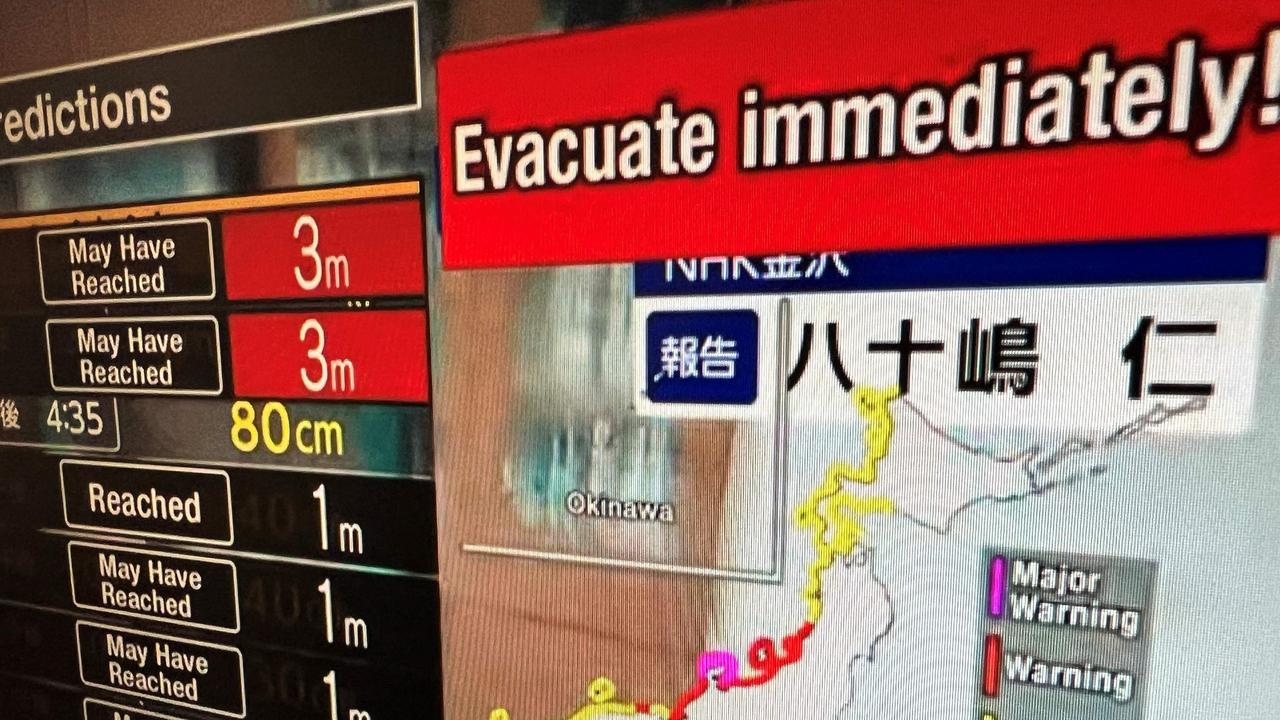
No “nuclear abnormalities”
Japan’s largest nuclear power operator, Kansai Electric, stated that there had been “no abnormality” in nuclear plants, while the country’s Nuclear Regulation Authority (NRA) further stated at a press conference that there were no issues with reactors at any of the nuclear power plants in the affected areas.
However, oil spillages and other minor damage are confirmed to have occurred at some nuclear facilities in the area.
The NRA reported that two of the reactors currently in operation in the area were not running at the time of the earthquake due to a scheduled check.
In 2011, Japan was hit by a 9.0 magnitude earthquake resulting in a tsunami that tore through Japan’s northeastern coastal communities.
More Coverage
More than 18,000 people were killed, while tens of thousands more were displaced.
The disaster triggered a nuclear meltdown at the Fukushima power plant, causing the most serious nuclear accident since Chernobyl.
Most of Japan’s 54 reactors have been offline since this disaster.



